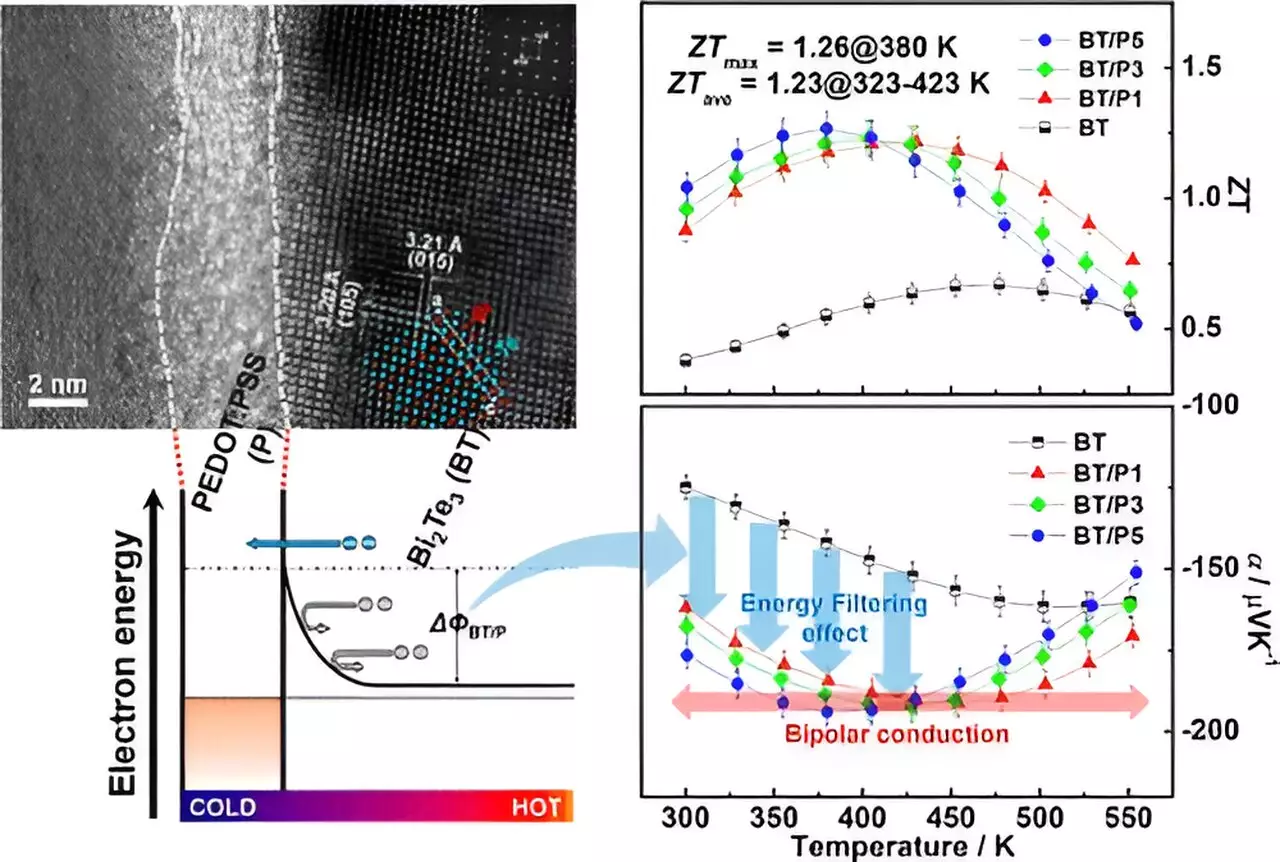In the field of energy conversion technology, thermoelectric technology has long been recognized for its potential to convert waste heat into electricity in an eco-friendly manner. However, the efficiency and flexibility of thermoelectric materials have often fallen short when compared to other energy conversion technologies. A recent development by a research team may change this narrative.
Led by Principal Researcher Kim Cham, the team at the Nano Convergence Research Department has successfully created an inorganic-organic thermoelectric composite. By combining traditional inorganic thermoelectric materials with conductive polymers, the team aimed to maximize the efficiency and flexibility of thermoelectric materials. This new composite is not only efficient in generating power from heat but also offers the added benefits of flexibility and reduced cost.
One of the key challenges in creating this inorganic-organic thermoelectric composite was developing a manufacturing process that could seamlessly integrate both organic and inorganic components. The team’s innovative approach has allowed for the synthesis and mixing of these materials, resulting in a composite with uniform phase and high density. This breakthrough manufacturing process has paved the way for enhanced thermoelectric properties in the final product.
The inorganic-organic thermoelectric composite produced by the research team offers a promising solution to the efficiency and flexibility challenges that have plagued thermoelectric technology. Not only does this composite exhibit excellent thermoelectric properties, but it also showcases a level of flexibility that was previously unattainable. Additionally, the cost reduction associated with this new material makes it a competitive option in the market.
With the development of this innovative thermoelectric composite, the potential applications of thermoelectric technology have expanded significantly. From waste heat recovery generation to refrigerant-free cooling devices, the versatility of thermoelectric materials is now more accessible than ever. The research conducted by Principal Researcher Kim Cham and his team marks a significant step forward in maximizing the utility of eco-friendly energy technology.
The creation of the inorganic-organic thermoelectric composite represents a major breakthrough in the field of thermoelectric technology. By addressing the long-standing challenges of efficiency and flexibility, this new material opens up a world of possibilities for the widespread adoption of thermoelectric technology in various industries. As researchers continue to push the boundaries of innovation, the future of thermoelectric technology looks brighter than ever before.



Leave a Reply